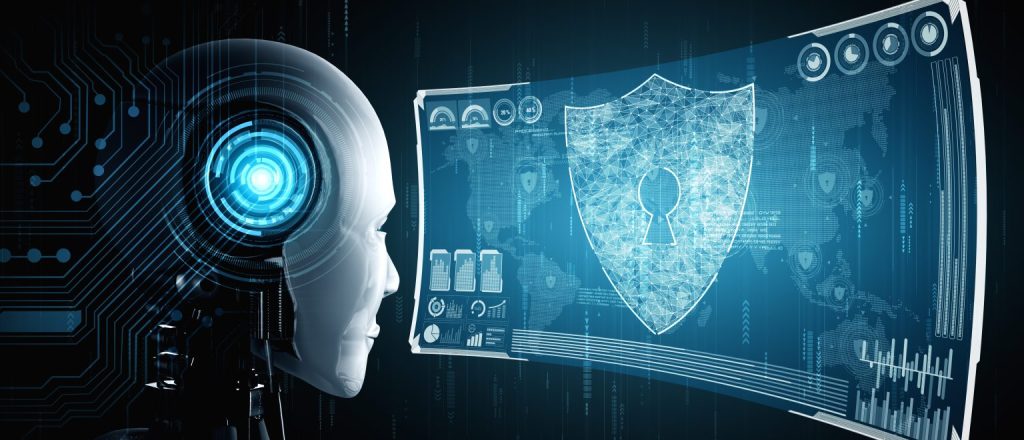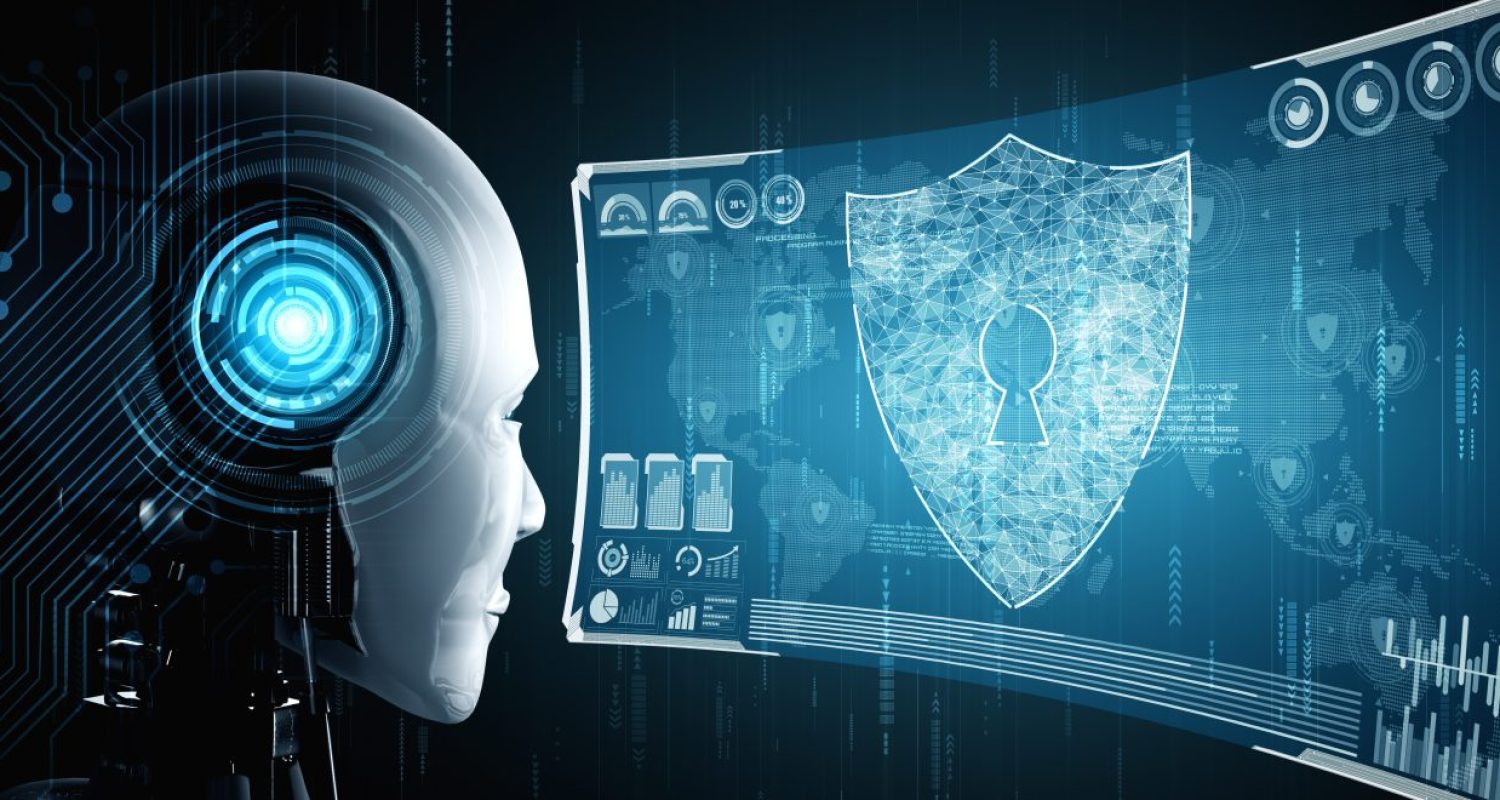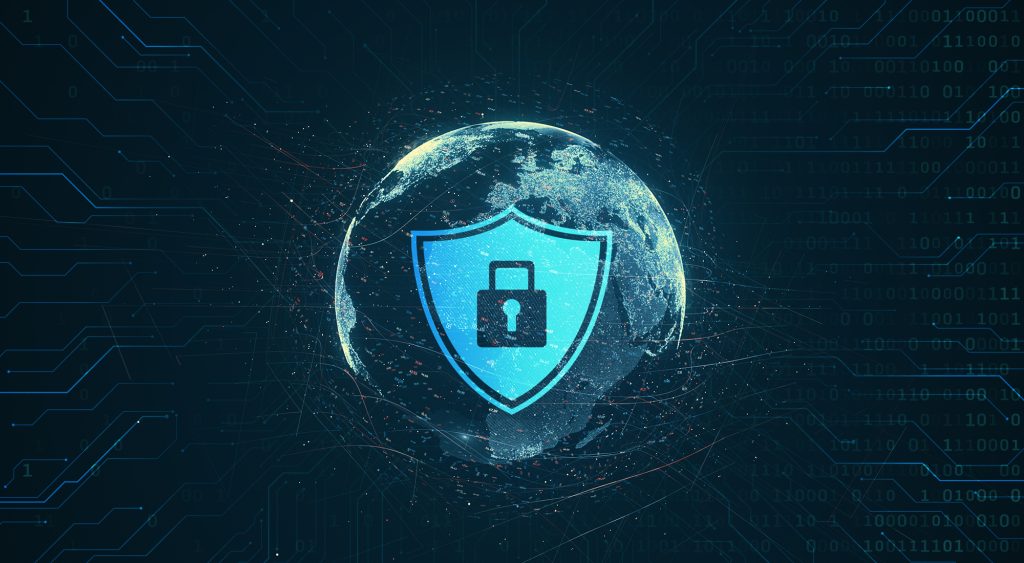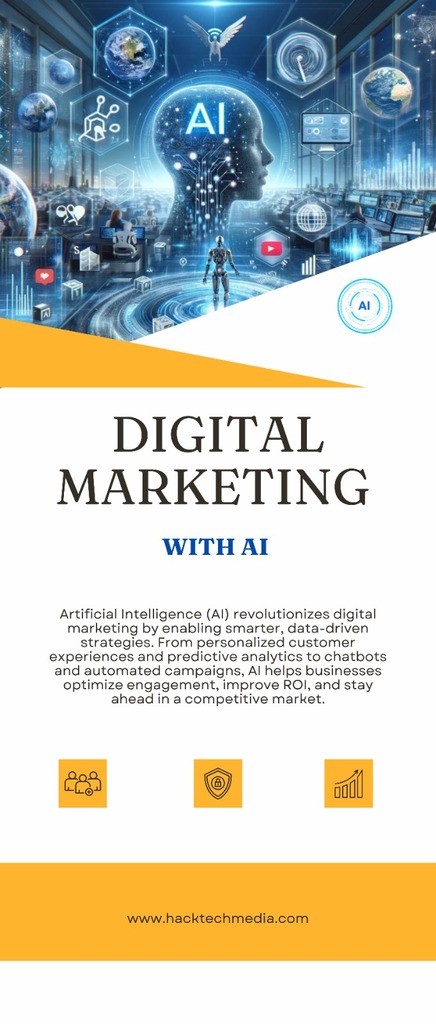
In an age where digital transformation is at the forefront of every industry, cybersecurity has become a paramount concern. With cyber threats evolving rapidly, traditional security measures often fall short. Enter AI-powered cybersecurity, a groundbreaking approach that leverages artificial intelligence to enhance threat detection and response. This blog explores the future of threat detection, the benefits of AI in cybersecurity, and how machine learning is revolutionizing cyber defense.
Understanding AI-Powered Cybersecurity
AI-powered cybersecurity integrates advanced technologies, such as machine learning and predictive analytics, to automate and enhance various security processes. By analyzing vast amounts of data in real-time, AI can identify patterns and anomalies that indicate potential threats. This proactive approach to threat detection allows organizations to stay ahead of cybercriminals and safeguard their sensitive information.
The Importance of Threat Detection
Threat detection is a critical component of cybersecurity. It involves identifying and responding to potential security breaches before they can cause significant damage. As cyber threats become more sophisticated, relying solely on manual processes and traditional tools is no longer sufficient. AI-driven security solutions are designed to address this challenge, providing organizations with the ability to detect threats in real-time and respond accordingly.
Benefits of AI in Cybersecurity
1. Enhanced Threat Detection
One of the most significant advantages of AI in cybersecurity is its ability to detect threats faster and more accurately than human analysts. Machine learning algorithms can analyze network traffic and user behavior, identifying anomalies that may indicate a security breach. This capability not only improves detection rates but also reduces false positives, allowing security teams to focus on genuine threats.
2. Real-Time Threat Response
AI-powered cybersecurity solutions enable organizations to respond to threats in real-time. With adaptive threat response capabilities, these systems can automatically take action when a potential threat is detected, such as isolating affected systems or blocking malicious traffic. This rapid response helps mitigate damage and minimizes downtime.
3. Predictive Analytics in Security
Predictive analytics, driven by AI, allows organizations to anticipate potential security threats before they occur. By analyzing historical data and identifying trends, AI can predict future attack vectors and help organizations strengthen their defenses. This proactive approach enhances overall security posture and reduces the likelihood of successful attacks.
4. Cybersecurity Automation
Automation is a key benefit of AI in cybersecurity. Repetitive tasks, such as monitoring network traffic and managing alerts, can be automated, freeing up valuable time for security professionals to focus on more strategic initiatives. This not only improves efficiency but also enhances the overall effectiveness of security operations.
5. Vulnerability Management
AI can assist organizations in identifying and managing vulnerabilities within their systems. By continuously scanning for weaknesses and analyzing potential exploitations, AI-driven solutions can help prioritize remediation efforts, ensuring that critical vulnerabilities are addressed promptly.
AI and Machine Learning in Cyber Defense
Machine Learning Algorithms
Machine learning algorithms play a crucial role in AI-powered cybersecurity. These algorithms can learn from historical data and adapt to new threats, enabling them to improve over time. Some common types of machine learning used in cybersecurity include:
- Supervised Learning: This approach involves training algorithms on labeled datasets, allowing them to classify and identify known threats accurately.
- Unsupervised Learning: Unsupervised learning algorithms analyze data without pre-existing labels, helping identify unknown threats by detecting anomalies in network behavior.
- Reinforcement Learning: This method involves training algorithms through trial and error, allowing them to learn optimal responses to various cybersecurity scenarios.
AI for Cyber Threat Mitigation
AI-driven security solutions can also help organizations mitigate the impact of cyber threats. By analyzing attack patterns and understanding the tactics used by cybercriminals, AI can provide actionable insights for improving defenses. This intelligence can inform security strategies and help organizations stay one step ahead of attackers.
Cybersecurity Trends
As the digital landscape evolves, so do cybersecurity threats and solutions. Here are some key trends to watch in the realm of AI-powered cybersecurity:
1. Increased Adoption of AI Solutions
Organizations are increasingly recognizing the need for AI-driven security solutions. As cyber threats become more sophisticated, traditional security measures alone are no longer sufficient. The adoption of AI will continue to grow, providing organizations with advanced tools for threat detection and response.
2. Integration of AI with Existing Security Tools
Rather than replacing traditional security measures, AI is being integrated with existing tools to enhance their capabilities. This hybrid approach allows organizations to leverage the strengths of both AI and traditional security measures, resulting in a more comprehensive security strategy.
3. Focus on Cybersecurity Best Practices
As organizations embrace AI-powered cybersecurity, there will be an increased emphasis on cybersecurity best practices. Educating employees about potential threats, implementing robust access controls, and regularly updating security protocols will remain essential for maintaining a strong security posture.
4. Regulatory Compliance and Data Privacy
With growing concerns about data privacy and security, regulatory compliance will continue to be a significant focus for organizations. AI can assist in ensuring compliance with regulations by automating reporting and monitoring processes, helping organizations avoid costly penalties.
5. Collaboration Between Humans and AI
The future of cybersecurity will involve collaboration between humans and AI. While AI can automate and enhance various security processes, human expertise will still be essential for interpreting results and making strategic decisions. This collaborative approach will result in a more effective cybersecurity strategy.
Enhancing Security with AI
Organizations can take several steps to enhance their cybersecurity using AI-driven solutions:
1. Invest in AI-Powered Security Solutions
Investing in AI-driven security solutions is crucial for organizations looking to improve their threat detection and response capabilities. These solutions can provide real-time insights, automate processes, and enhance overall security posture.
2. Implement Continuous Monitoring
Continuous monitoring is essential for effective cybersecurity. AI can analyze network traffic in real-time, detecting potential threats as they emerge. Organizations should implement continuous monitoring practices to stay ahead of cybercriminals.
3. Regularly Update Security Protocols
Cybersecurity is an ever-evolving field, and organizations must stay current with the latest trends and threats. Regularly updating security protocols and practices ensures that defenses remain robust and effective against emerging threats.
4. Train Employees on Cybersecurity Best Practices
Human error is often a significant factor in successful cyberattacks. Organizations should invest in training programs to educate employees about potential threats, phishing scams, and best practices for maintaining security.
5. Collaborate with Security Experts
Collaborating with cybersecurity experts can provide organizations with valuable insights and guidance on implementing AI-driven solutions. Security experts can help identify vulnerabilities and recommend strategies for enhancing overall security.
Conclusion
AI-powered cybersecurity represents the future of threat detection, providing organizations with advanced tools to combat evolving cyber threats. With benefits such as enhanced threat detection, real-time response capabilities, and predictive analytics, AI is transforming the cybersecurity landscape. By embracing AI-driven solutions and implementing best practices, organizations can strengthen their defenses and protect their sensitive information in an increasingly digital world. As we move forward, the collaboration between humans and AI will be essential for maintaining robust cybersecurity measures that can adapt to new challenges.







